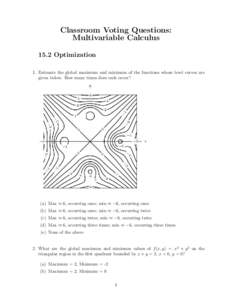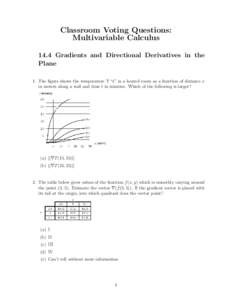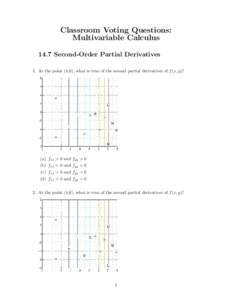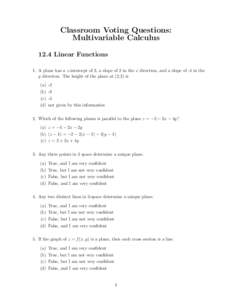<--- Back to Details
| First Page | Document Content | |
|---|---|---|
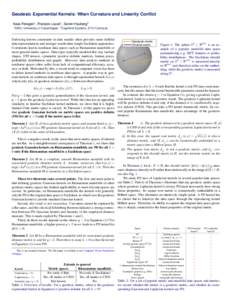 Date: 2015-04-13 13:17:36Linear algebra Multivariable calculus Metric geometry Geodesic Riemannian manifold Riemannian geometry Intrinsic metric Laplace operator Hilbert space Mathematics Algebra Mathematical analysis |
Add to Reading List |
 Geodesic Exponential Kernels: When Curvature and Linearity Conflict Aasa Feragen1 , François Lauze1 , Søren Hauberg2 1 DIKU, University of Copenhagen. 2 Cognitive Systems, DTU Compute.
Geodesic Exponential Kernels: When Curvature and Linearity Conflict Aasa Feragen1 , François Lauze1 , Søren Hauberg2 1 DIKU, University of Copenhagen. 2 Cognitive Systems, DTU Compute.